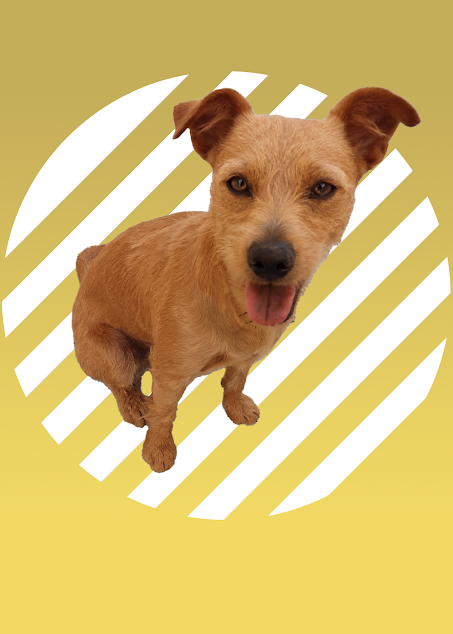Designing With Type and Hiearchy

Design depends on communication. Delivery is crucial. For this reason, a designer must structure their work with a format that creates paths for a viewer to understand. So this means there are titles, body sections, and other details such as contact information to consider. I have not thought about designing without an image before. Each time I think about page layout, for example, my sense is to gather all my supplies from type, images, and a mood board. Using black and white text forces me to think simply. I still have a lot of room to grow by trying out more complex ideas. The objective of this flyer exercise was to use a variety of point sizes and weights with the same font across three pages. I feel that I accomplished my task the third time for a more final finish. The first and second submissions were cleaned up to draw visual weights near the areas that introduced important information. I made sure there was a strong sense of alignment to repeat the theme the information was ti...





